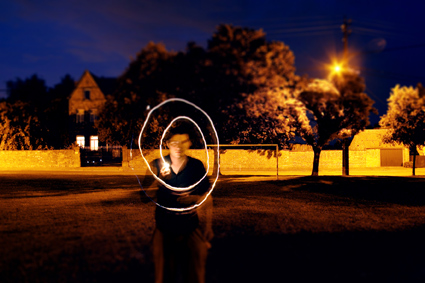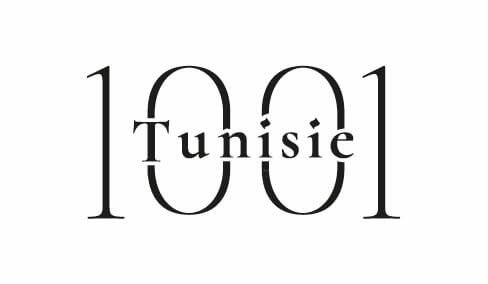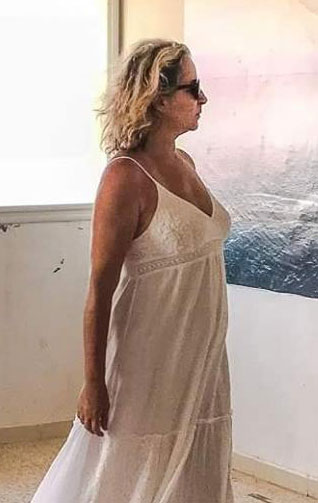
An anthropologist by training, but above all a photographer, Augustin Le Gall paces Tunisia since 2008. Through a photographic work of great sensitivity, he gives us the soul of a people in all its diversity. Meet 1001 Tunisie.
1001Tunisie: Since when have you been working in Tunisia?
Augustin Le Gall: Since 2008 when I came here for the first time to do research on the stambali, this ritual music with roots in sub-Saharan Africa.
I am interested in the rites of possession for many years. I first worked in Morocco on gnawas with a photographer friend. We have developed a photographic project around this intangible heritage which led to the publication of the exhibition catalog “Memory of Essaouira.” I wanted to go further in my research on these rituals. By dint of hard work and perseverance, I became, in 2008, the Essaouira festival photographer dedicated to the gnawas. I also participated in the installation of the exhibition “Gnawa tradition and creation.”
Leading to another, knowing I was interested in ritual music, I was told that in Tunisia there was the stambali. This is how I landed here with a name: Riadh Ezzaouche. I finally met him. He is the arrifa (MC) of the last zaouia stambali the country, Dar Sidi Lasmar. A deep friendship is born between us then.
What led you to photography?
A desire, a passion, alongside with my studies of anthropology at Aix-en-Provence. For me, photography is primarily poetic, my relationship to the world. I do not consider myself a photographer ethnographer although, of course, my university course influences my view. The photo was for me a medium to enter the field of Gnawa ritual and stambali. I questioned a lot about the practice of the photographer. I hate the frames and just consider myself a documentary photographer. Currently I have a photographic personal work that I expose and in parallel also responds to commands photojournalism for international magazines such as Libération, Jeune Afrique, the World, Marianne …
Tell us about your relationship with Tunisia as a photographer?
I did a lot of work on the stambali in Tunisia and the revolution of 14 January 2011 came so I was literally struck by this event. I lived moments that were very strong in humanity the first six months of 2011 and professionally rewarding. I now feel that I am strongly linked to Tunisia. I then started a whole work on the Tunisian society in different acts. The exhibition “Under the Jasmin” held at the House of Culture Ibn Rachiq “is only one of the acts of this work that I named” Portrait of a Revolution. ” Each photo series corresponds to an act, there are 7 for now: Act 1: the people want, Act 2: Citizens polls, Act 3: Under the Jasmin, Act 4: Tunisian Artists , act 5: Constituent Assembly, act 6: the families of the martyrs of the revolution and the act 7: Salafis.
What are your upcoming projects?
I have a photographic and documentary project about the slave route. This would be up from Tunis the Slave Route, crossing Algeria, Morocco, Niger, Mali, Mauritania to trace the sources of stambali. With perhaps ultimately a work in the form of documentary theater with video, photos … I have also worked for some time on a project entitled “Ouled Bilal” a series of portraits around the dramatized characters we encounter in stambali.
It’s Not the cravings that are missing!
Opening of “Under the Jasmin”, exhibition of Augustin Le Gall – Wednesday, May 8 at 18:30 House of Culture Ibn Rachiq – Tunis
Avenue de Paris – 1000 Tunis
For more information: Facebook page (facebook.com/expositionsouslejasmin) and www.augustinlegall.com
{mainvote}


 َAbonnez-vous
َAbonnez-vous

